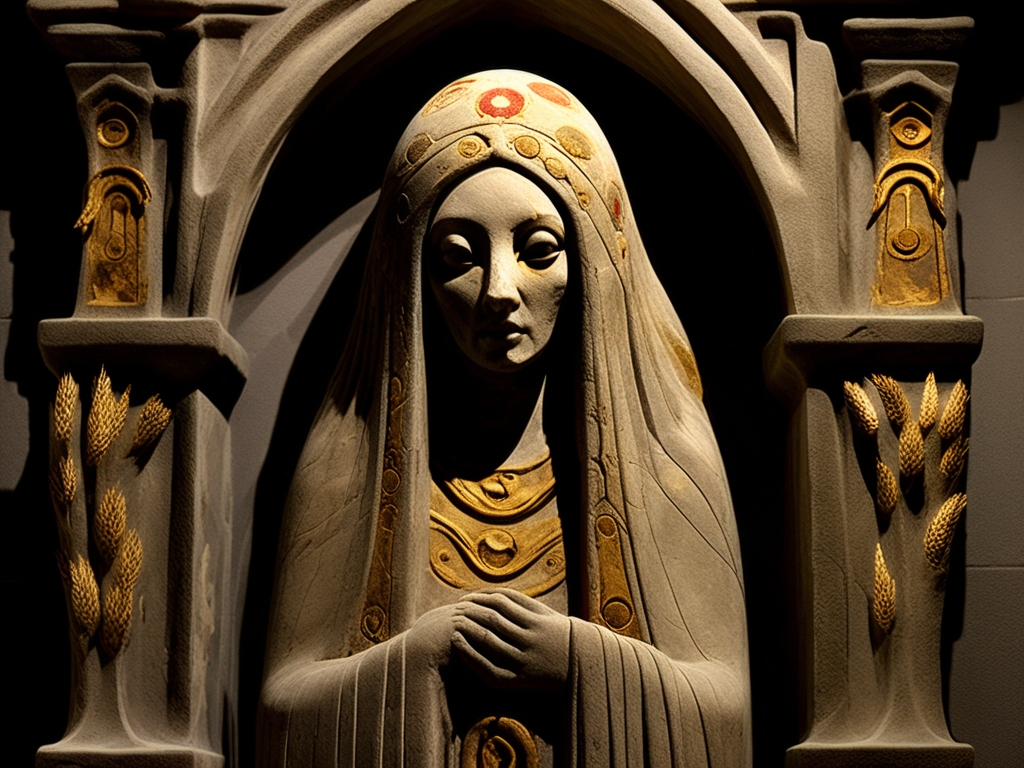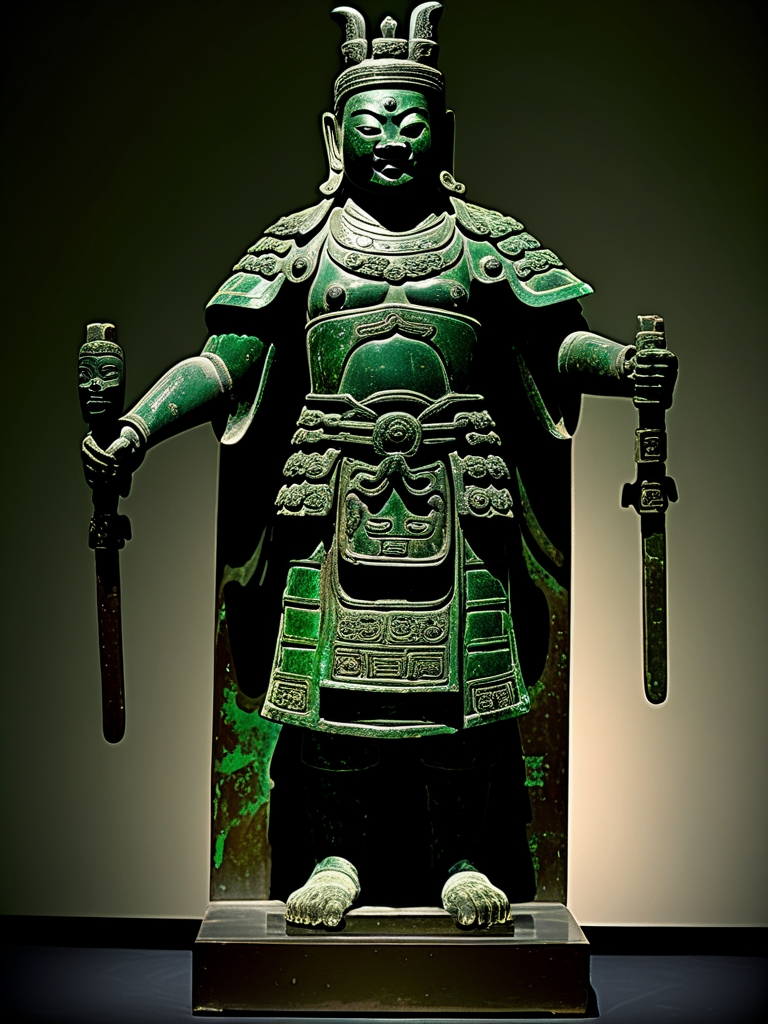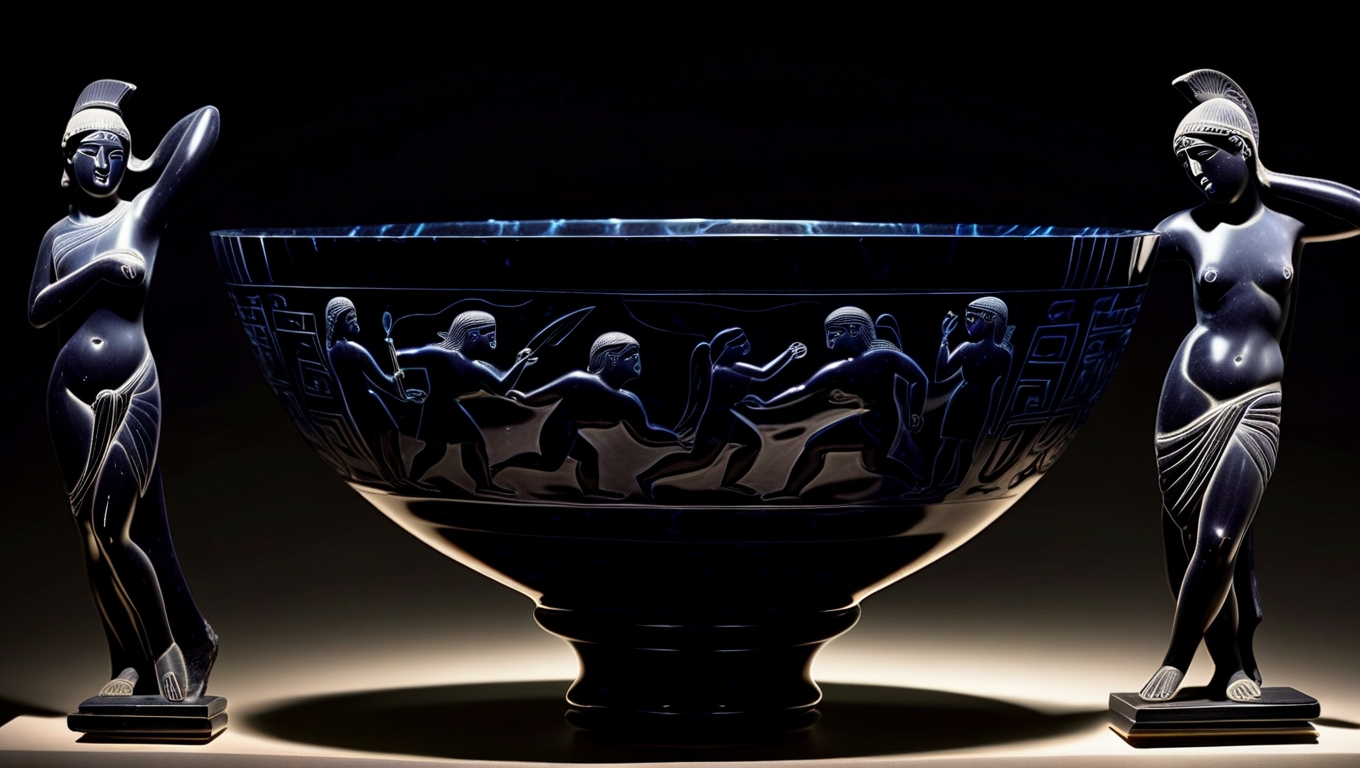Charms and Curses
Could a millenary Chinese vase be a lucky charm and a dreadful omen at the same time?
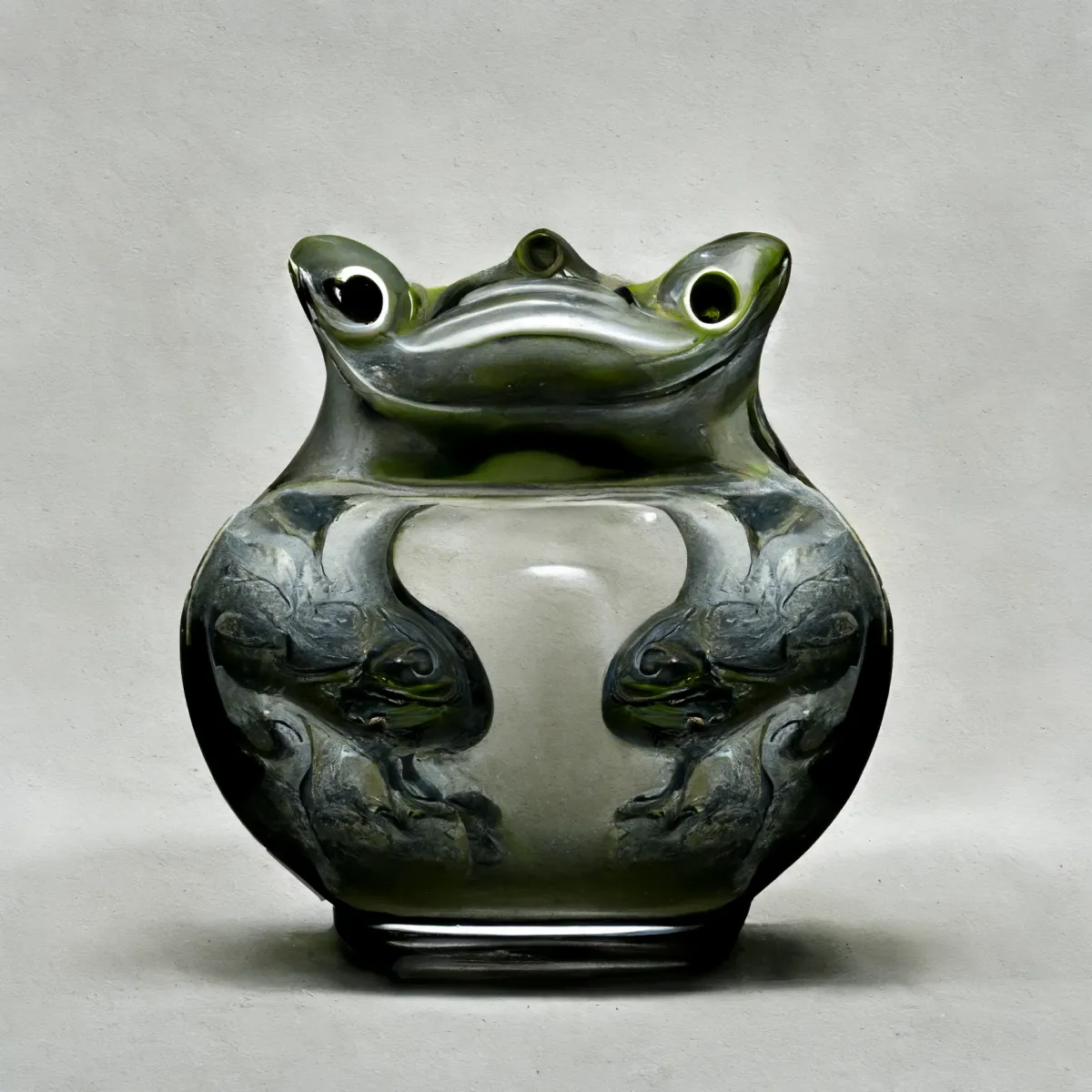
This charming batrachian porcelain vase was part of the treasure found in the tomb of Yuán Fú—an obscure 7th century aristocrat and mystic. Yuán Fú seldom appears in historical texts, but he's the protagonist of several Chinese legends, including "The Man Who Found Hidden Riches" and "The Man Who Survived a Lightning Bolt."
The vase's pigmentation shows a high concentration of what, at first, archeologists thought to be copper oxide, a popular way of obtaining green coloring at the time. However, further studies revealed the oxide came from a metal which doesn't exist on Earth. This fueled the theory of the potterer using a material obtained from a meteorite, or even a mineral which found its way from another dimension to ours.
The Fú Vase has a lively history, as the piece has changed hands several times. After Yuán Fú's tomb was discovered in the outskirts of Xi'An (ca. 1887), some of the Tang porcelain pieces ended in private auctions. The vase landed in the hands of British historian and private collector Sir Lawrence Sprocket, who took it to his residence in London. It became one of his favorite objects, to the dismay of his stepdaughter Georgina, who detested it.
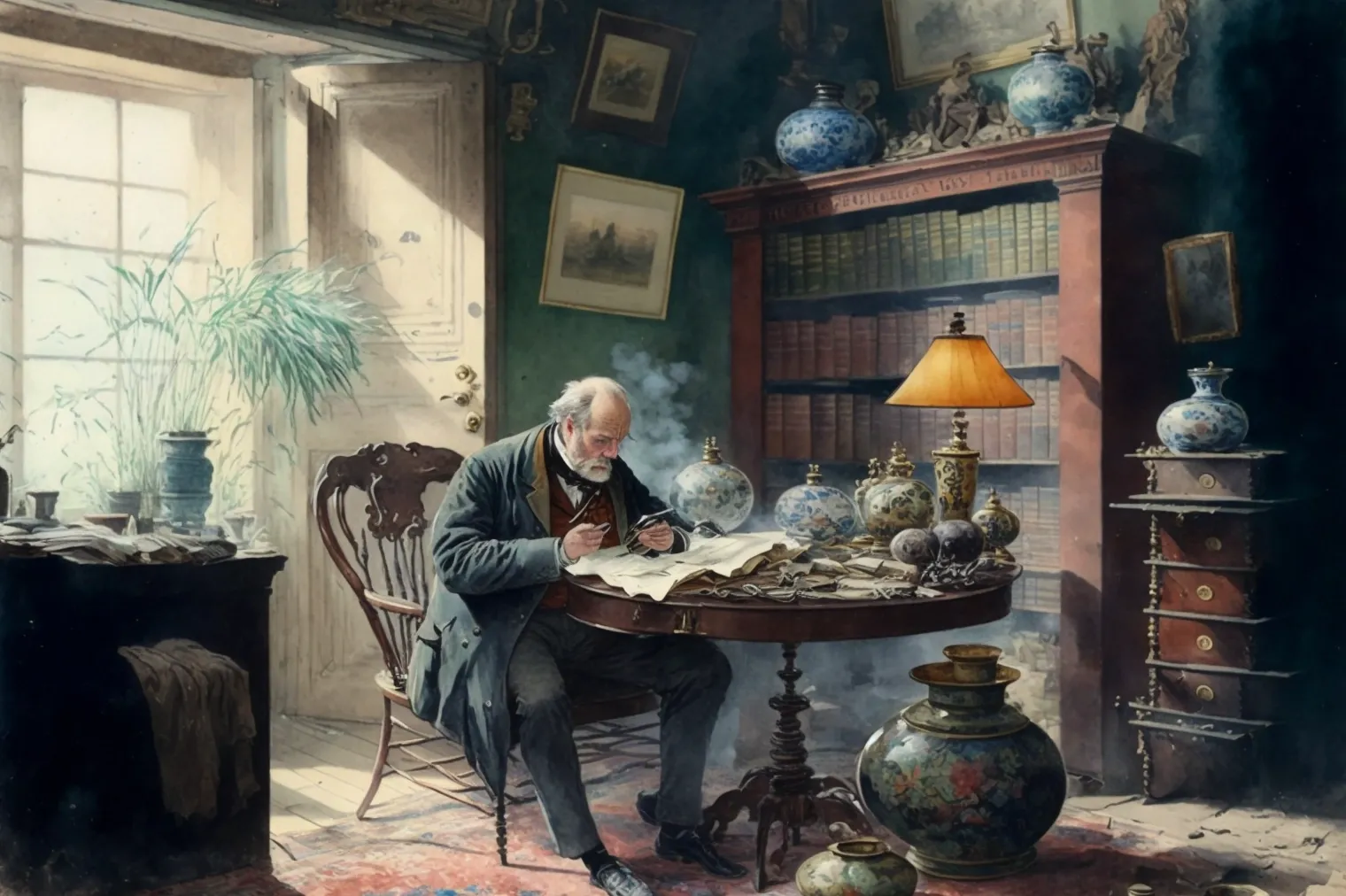
A great fire ravaged Sir Lawrence's street in 1888, and although his house was the only one the flames spared, he decided to move his whole collection to his country state in Oxfordshire. He passed away a year later, and all his possessions went to Miss Sprocket.
Uninterested in art, and oblivious to the value of anything but liquid money, Miss Sprocket got rid of every single piece. The Fú Vase she gifted to her cousin Eunice Woodcombe, a social castaway since she married the penniless playwright John Joseph Woodcombe. She though of the gift as a joke, but Mrs. Woodcombe adored it as much as Sir Lawrence had.
Georgina Sprocket would encounter the Fú Vase again around 1901. After her lover vanished, leaving nothing but gambling debts, Miss Sprocket moved in with the now prosperous and respected Londoners, the Woodcombes. They received her with nothing but generosity, still grateful for her thoughtful wedding gift.
Six months after her arrival, Miss Sprocket stole the Fú Vase and tried to jump from the bell tower of Southwark Cathedral. A young deacon managed to stop her before she could take the fatal step, and the beloved vase returned to the Woodcombes. Miss Sprocket did not. Instead, she spent her final years at the Sacred Remedy Asylum in St. Albans.
Eunice insists on keeping that hideous vase on her mantelpiece, even after I've told her it mocks me every time I walk by during the day, and it whispers in my ear to keep me awake at night.
I wish I could smash that horrid thing into a thousand pieces.
- Extract from the diaries of Georgina Sprocket
Eunice Woodcombe and her husband lived a long a happy life, but left no heirs. The Fú Vase found itself at an auction once again. This time it was H.C. Ravensfield who purchased it, adding it to his newfound art collection as a staple piece in 1914, the same year an earthquake hit the museum's hometown of Rebellion, RI. Though most of the town's major buildings were damaged or collapsed, H.C. Ravensfield's museum survived unscathed.
The Fú Vase has rested on an honorary plinth at the Ravensfield Collection's entrance since then. Every curator has strict instructions not to move it, loan it, or put it in storage.

